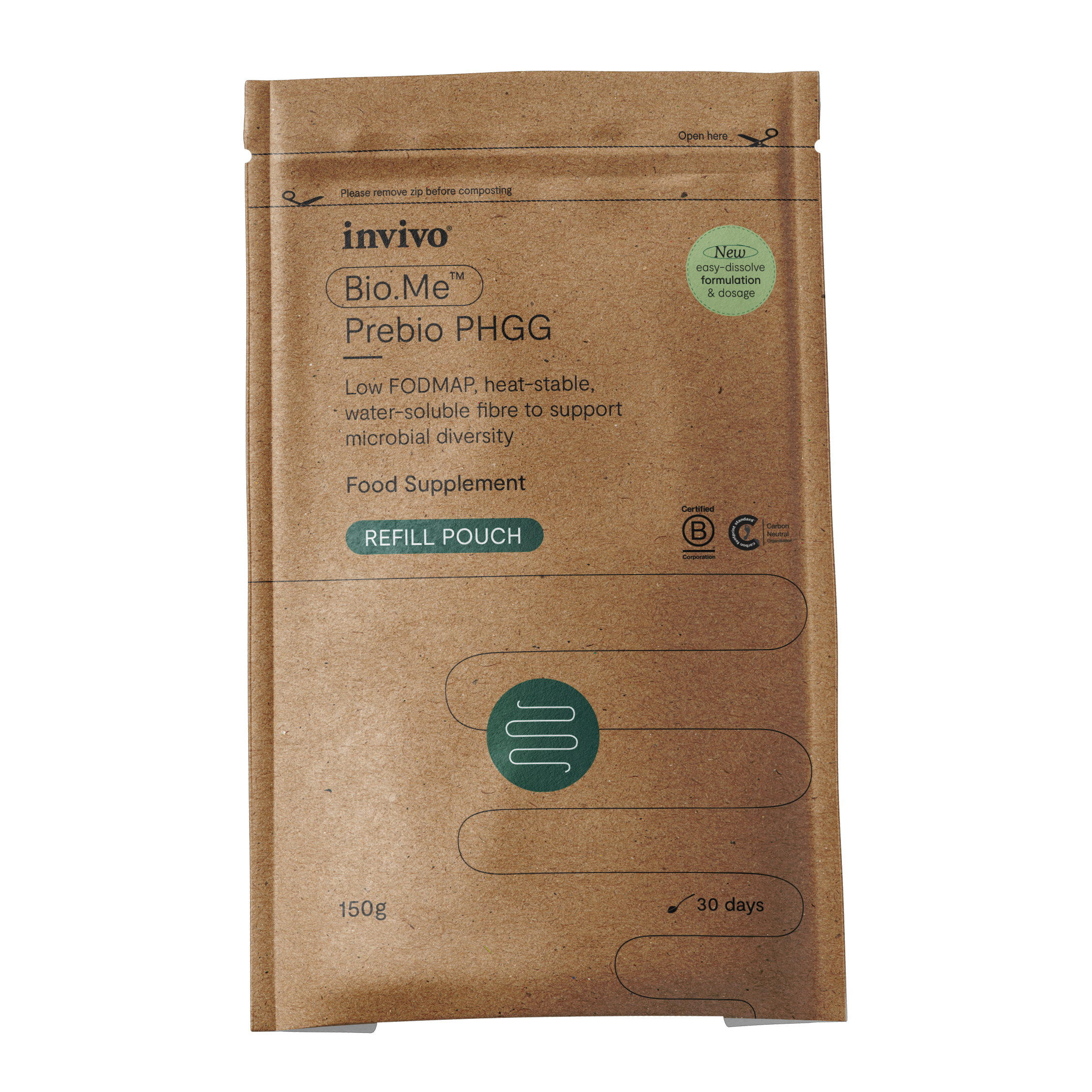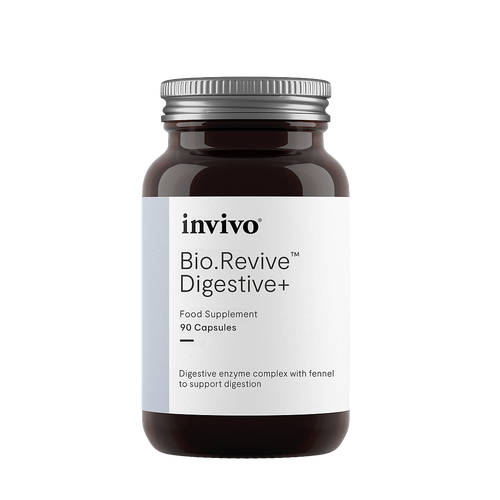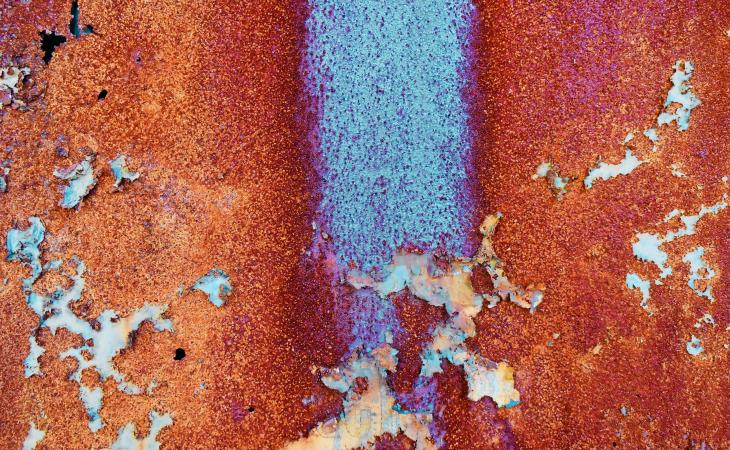The Gut Microbiome & Dietary Iron
The human gut is the natural habitat for trillions of microorganisms, including bacteria, viruses, archaea, protozoa and fungi, which have a mutualistic relationship with the human host1. The large intestine harbours the majority of this complex and diverse gut ecosystem, which contains around 150 times more genes than the human genome2. This genetic diversity provides the gut microbiota with a significant metabolic capacity with huge impacts on host health and disease. There are multiple environmental and host genetic factors that can shape the structure of the microbiota, but diet is considered one of the main modulators3. In the last decade, multiple studies have focused on investigating the impact of macronutrients, such as carbohydrates and proteins, in the colonic bacterial populations4,5. However, there has been less research on the modulatory effects of micronutrients.
Iron deficiency is one of the most common micronutrient deficiencies worldwide, affecting around two billion people globally6. For this reason, there has been a growing interest in understanding the interaction between the intestinal ecosystem and iron nutrition and its influence on health and disease. In this article, we explore the relationship between dietary iron and the gut microbiota, as well as different strategies to modulate the gut ecosystem in order to improve iron absorption.
Dietary Iron: types and bioavailability
Iron is an essential micronutrient for almost all living organisms, including bacteria. It is involved in numerous metabolic processes, including oxygen transport, redox reactions and DNA synthesis7. Iron is obtained from the diet in different forms and can be broadly classified into two types: heme-iron and non-heme iron.
Heme-iron is mostly found in products of animal origin and is the most bioavailable form, with absorption rates between 15% and 35%. This type of iron is readily absorbed, but only accounts for 5–10% in the majority of diets8. Non-heme iron is the most predominant form in the diet (90-95%) but has a bioavailability range of 1-10%9. At physiological pH, non-heme iron exists mainly in the oxidized, insoluble ferric form (Fe III) which must be reduced to the more soluble ferrous form (Fe II) prior to absorption. This lower solubility in the intestinal environment and the chelation with other food components in the diet, such as phytates, tannins or polyphenols, makes non-heme iron less available for absorption. However, other dietary factors such as citrate and ascorbic acid may enhance the absorption of inorganic iron by forming soluble chelates due to their reducing activity10.
The daily iron absorption ranges between 2-3 mg/day and takes place mostly in the small intestine, predominantly in the duodenum and proximal jejunum11. Since iron overload can have toxic effects, and due to the absence of a physiological mechanism for iron excretion, iron absorption is a process highly regulated by the hepatic peptide-hormone hepcidin, which inhibits iron transport and reduces dietary iron absorption in response to iron excess. This regulation avoids iron overload that could result in oxidative stress with pathological consequences11.
As part of innate immunity, iron is bound to high-affinity proteins such as ferritin or transferrin. This avoids cell damage, but importantly limits iron availability to microorganisms. However, only 10% of dietary iron is absorbed in the small intestine, the remaining 90% reaches the large intestine where it becomes available for bacteria12.
Iron-gut microbiota interaction
Most bacteria depend on iron to survive. To date only Borrelia and Lactobacillus have been identified as iron-independent as they can incorporate manganese into their proteins instead13,14. Despite the higher amounts of dietary iron in the colon, bacteria may still struggle to incorporate iron because of the formation of iron complexes with other food components and the low solubility of ferric iron by a higher pH in the colon15. Moreover, the host also contributes to the reduction of iron in the colon through the production of lipocalin-2 (iron sequestering molecule with bacteriostatic function)16. Therefore, under homeostatic conditions, microorganisms in the gut must compete with each other and with the host for the available iron. Consequently, bacteria have developed different uptake systems such as iron-transport systems and siderophores (iron chelating molecules) to compete more advantageously in iron-limited environments17. Thus, changes in the amount of unabsorbed iron, either by excess or deficiency, may break this balance and have a major impact in the composition and metabolic activity of the gut microbiota.
Iron excess
Oral iron supplementation with ferrous iron salts and/or iron fortification in foods are common strategies to prevent and treat iron deficiencies. Unfortunately, oral iron treatments are often associated with gastrointestinal side effects. In this regard, emerging evidence has suggested that iron supplements and iron fortification may have a negative impact on the intestinal ecosystem that is reflected in an increase of enteropathogens at the expense of other beneficial bacteria such as bifidobacteria and lactobacilli18–22.
Zimmermann et al., (2010)23 reported raised calprotectin (intestinal inflammatory marker) and a higher risk of infections during iron supplementation, suggesting pathogen growth is linked with higher iron levels. Indeed, most pathogenic bacteria possess more efficient pathways to acquire free iron than beneficial bacteria as it is essential for virulence expression and replication. However, results obtained from these studies must be cautiously interpreted as most of these trials were performed in children of developing countries with a high endemic burden of infectious disease. Thus, iron supplementation in developed countries may result in different clinical outcomes. For instance, a human study carried out in Australia reported minor effects on gut microbiota by iron supplementation24. Nevertheless, the results indicate that oral iron supplementation may not be the best option for people suffering from gastrointestinal conditions.
A study conducted on IBD patients suffering from iron deficiency,d reported that oral iron treatments resulted in more pronounced shifts in gut bacterial diversity and composition than intravenous iron replacement therapy25. Although these changes did not have an impact in the clinical outcomes, oral iron supplementation in IBD patients may lead to an unbalanced microbiota with altered metabolic function.
Iron deficiency
On the other extreme, iron deficiency investigated in several in vitro and animal studies, using iron-deficient rodents and piglets, have also shown a negative effect on structure and activity of the gut microbiota towards a less-favourable profile with a reduction of butyrate producers and short chain fatty acids (SCFAs), especially butyrate and propionate26–28.
Besides iron excess or restriction, the type of dietary iron can also have different effects in the gut microbiota. For instance, an excess of heme iron in the colon has been associated with a reduced microbiota diversity and an increase of enteropathogens and pathobionts29,30. Considering the undesirable effects that dietary iron, especially iron supplementation, may have in gut health, new approaches such as probiotics and prebiotics are being investigated in order to mitigate unfavourable iron-induced alterations.
Prebiotics and probiotics on iron absorption
The use of prebiotics and/or probiotics may be a non-pharmacological approach that helps to improve both iron absorption as well as counteract the negative impact of iron excess on bacteria communities.
Prebiotics have been defined as substrates that are selectively utilized by host microorganisms conferring a health benefit31. Numerous intervention studies have recognised the beneficial role of prebiotics in gut health by increasing beneficial bacteria and by stimulating short chain fatty acid (SCFA) production. In this context, the intake of prebiotics along with iron supplementation may help to counteract the perturbation of supplementation by increasing beneficial bacteria at the expense of detrimental bacteria. Furthermore, some animal and human studies have linked prebiotic intake with the improvement of iron absorption32. For instance, a recent trial on iron supplementation conducted in Kenyan children reported higher iron absorption during the administration of a prebiotic galacto-oligosaccharide (GOS) substrate18.
Different mechanisms have been proposed to explain this effect, including the expression of genes involved in iron absorption and the stimulation of SFCA production. SCFAs alone have several mechanisms of action including: lowering luminal pH, improving iron solubility, increasing the absorptive area of the gut, and anti-inflammatory effects that can reduce hepcidin levels18.
Besides prebiotics, the administration of probiotics (live microorganisms that, when administered in adequate amounts, confer a health benefit on the host) also may be a valuable approach to increase iron absorption. Most probiotic bacteria are lactic acid producing, which may reduce the pH, which can increase the solubility of iron, aiding its absorption. In addition, in vitro studies on lactic acid bacteria have identified some molecules that reduce Fe(III) to Fe(II), making iron more soluble33. In this regard, a recent systematic review has showed the effectivity of L. plantarum 299 on dietary iron absorption in humans34.
Conclusion
There is evidence to show that the amount and type of dietary iron (in food or as supplements) may impact in the composition and metabolic activity of the gut microbiota. Although oral iron therapy is often linked with gastrointestinal side effects and negative effects on gut health in populations from developing countries, more clinical trials are needed to investigate the effect on pathobionts and infections in industrialised countries with less pathogen burden. Nevertheless, administration of specific prebiotics or probiotics during iron supplementation seems to be a promising strategy to improve iron absorption and avoid negative changes in the microbiota. However, more mechanistic studies and well-designed clinical trials in different populations are needed to fully understand the relationship between the iron and gut microbiota and how this interaction may impact on intestinal functionality and overall health.




